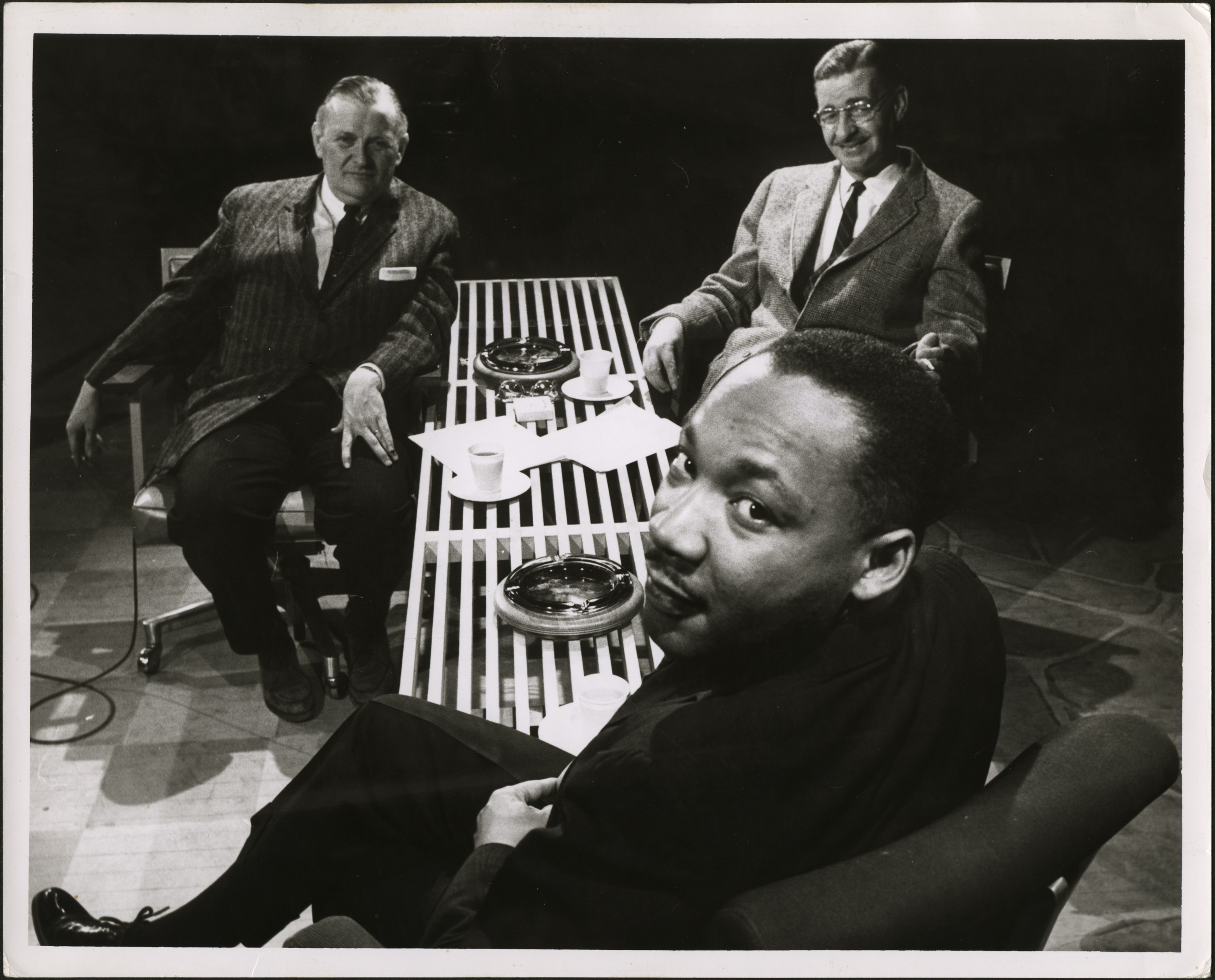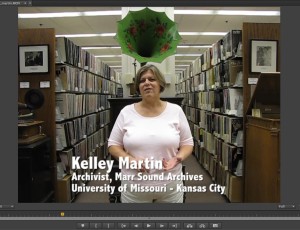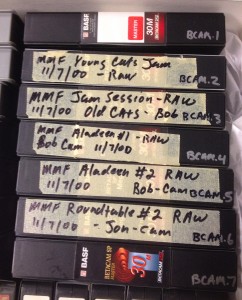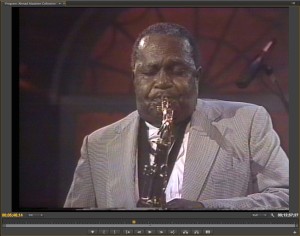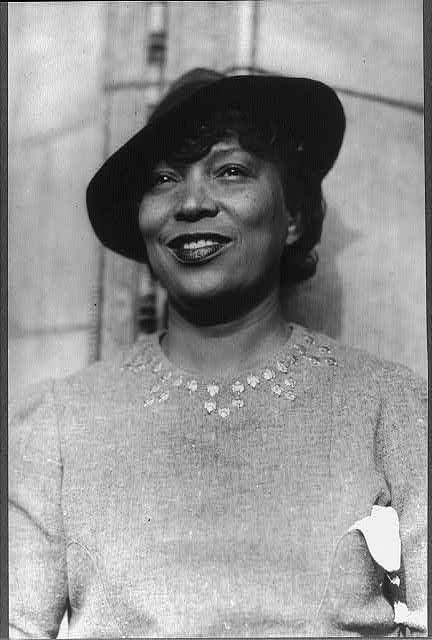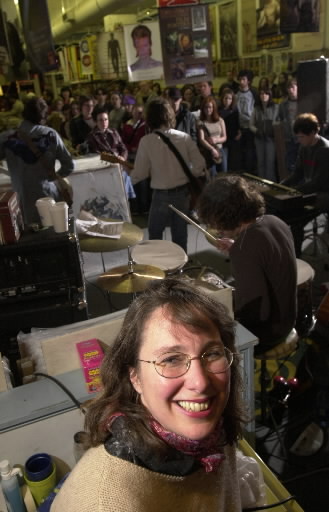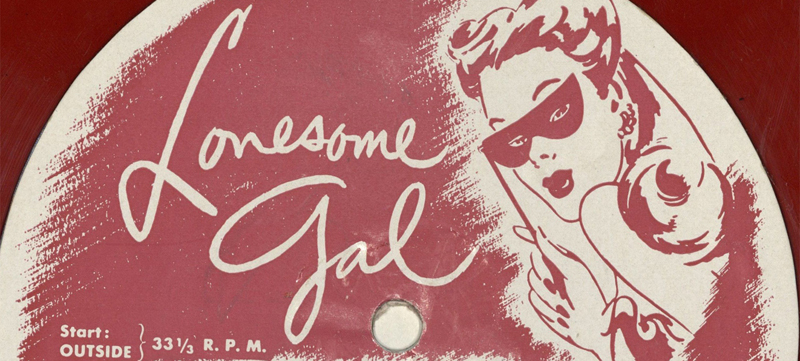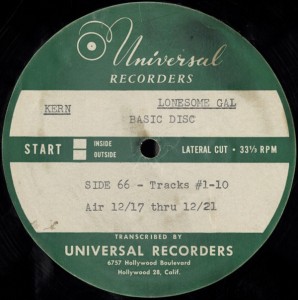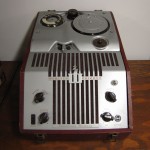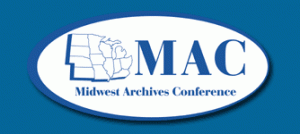 The Spring 2014 Midwest Archives Conference (MAC) was held at Westin Crown Center in Kansas City April 24th through the 26th. Several hundred archivists and MAC members crowded the hotel’s numerous conference rooms to witness presentations and debates on various archival standards ranging from use of metadata and social media to providing access to students, researchers, and educational institutions. Among the topics most relevant to sound archives was one of the final conference sessions entitled “Don’t Knock The Rock: Making Popular Music Collections a Part of Your Archives.”
The Spring 2014 Midwest Archives Conference (MAC) was held at Westin Crown Center in Kansas City April 24th through the 26th. Several hundred archivists and MAC members crowded the hotel’s numerous conference rooms to witness presentations and debates on various archival standards ranging from use of metadata and social media to providing access to students, researchers, and educational institutions. Among the topics most relevant to sound archives was one of the final conference sessions entitled “Don’t Knock The Rock: Making Popular Music Collections a Part of Your Archives.”
Before introducing the panel of speakers, session moderator Scott Schwartz, Director of the Sousa Archives and Center for American Music at the University of Illinois Urbana-Champaign, proceeded to lay out the complications of archiving unique rock and roll collections and acquiring such objects from local music scenes and collectors.
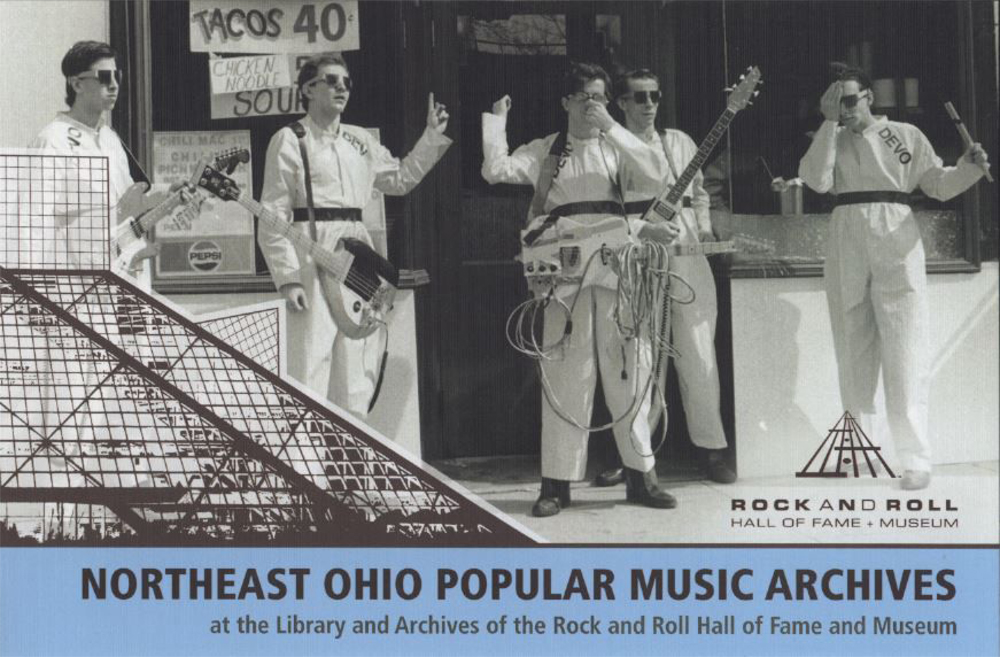
The Northeast Ohio Popular Music Archives is stationed at the Library and Archives of the Rock and Roll Hall of Fame and Museum. NEOPMA actively develops its collections relating to local and regional popular music acts such as The Dead Boys, Pere Ubu, and Devo (pictured above). They also hold notable collections relating to radio personality Alan Freed and labels such as Sire Records.
“It is true that many types of primary sources documenting such music scenes are ephemeral and frequently hidden,” Schwartz said. “Add to this conundrum, the fact that communities sustaining these music scenes can appear to be insular to outsiders because the musicians, the producers, the venue operators, and fans sometimes hoard their personal music artifacts and, at times, are reluctant to share them for a variety of reasons.”
Following these opening statements, five archivists from four different institutions reiterated this sentiment, identified roadblocks, and how they overcame them. Specific topics included identification of record vendors in local music scenes, the Dayton (OH) Funk Archives, the Northeast Ohio Popular Music Archives (NEOPMA), and the Louisville Underground Music Archive (LUMA).
The underlying message for this session was strong advocacy for and partnership with the local music communities that the archives will serve. Archives specializing in local rock music scenes must reach out to local record vendors, radio stations, collectors, and musicians in order to successfully document the historical narrative as assembled by the music community at large. This includes training potential donors to document their collections, with the intention of eventually gifting ephemera to local archives, as well as keeping up with the active musicians and venues to document music scenes currently in progress.
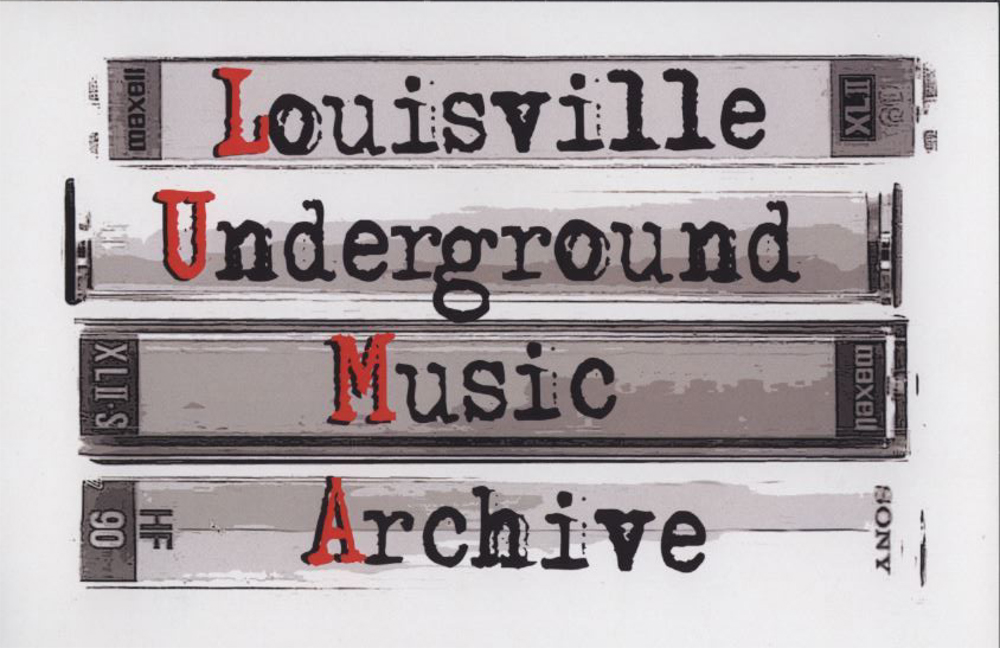
The Louisville Underground Music Archive (LUMA) documents the history and culture of the Louisville rock music scene from the 1970s to the present, with a focus on the 1980s and 1990s which brags such noteworthy acts as Will Oldham, Slint, and Rachel’s.
At the Marr Sound Archives, we encounter similar complications in our pursuit of rock and roll records and ephemera. When compact discs took the place of vinyl records as the medium by which music was bought and sold in the 1980s and 90s, the vinyl market dwindled into niche genres, markets, and labels and are, therefore, much harder to come by via our donations only collection policy.
Add to that, the fact that niche genres are still very much in the collector’s market and one would be hard-pressed to obtain a first pressing of an original Touch and Go Label Necros 7” without suffering the salivating, jealous sneers of collectors who would happily pay a pretty penny to adopt such a rare piece of history into their own stacks. If these items are not sitting in a record store bin at collectors’ prices, they are sitting on the shelves of the collectors themselves. This is not an outrageous fact, just a true one.
Many private collectors are already doing their part to document the 1980s and 1990s punk scenes in the Kansas City and Lawrence areas. Documentarian Brad Norman has been compiling fliers, live concert footage, and oral histories to preserve the legacy of Lawrence, KS punk and hardcore venue The Outhouse (1985-1997) for a feature-length documentary. Filmmaker Patrick Sumner has also compiled an impressive number of photos, fliers, and other ephemera from the Kansas, Missouri region with his Bent Edge KC Punk website.
In addition to that, Missouri Valley Special Collections and the State Historical Society of Missouri contain various fanzine and print collections covering subcultures and underground music scenes. While there is no single repository containing these priceless artifacts, resources are strewn throughout the Midwest and are available to researchers.
The Marr Sound Archives and LaBudde Special Collections have acquired an abundance of Kansas City musical history, although the last three decades of rock and roll music remains relatively scarce as archival materials. This does not mean we do not hold a vast supply of audio and paper items from the last 25 to 35 years of local and international rock and roll acts. Marr and LaBudde serve as repositories for the following collections containing rock and roll records, ephemera, and, oftentimes, personal items of the donors:
Like this:
Like Loading...
